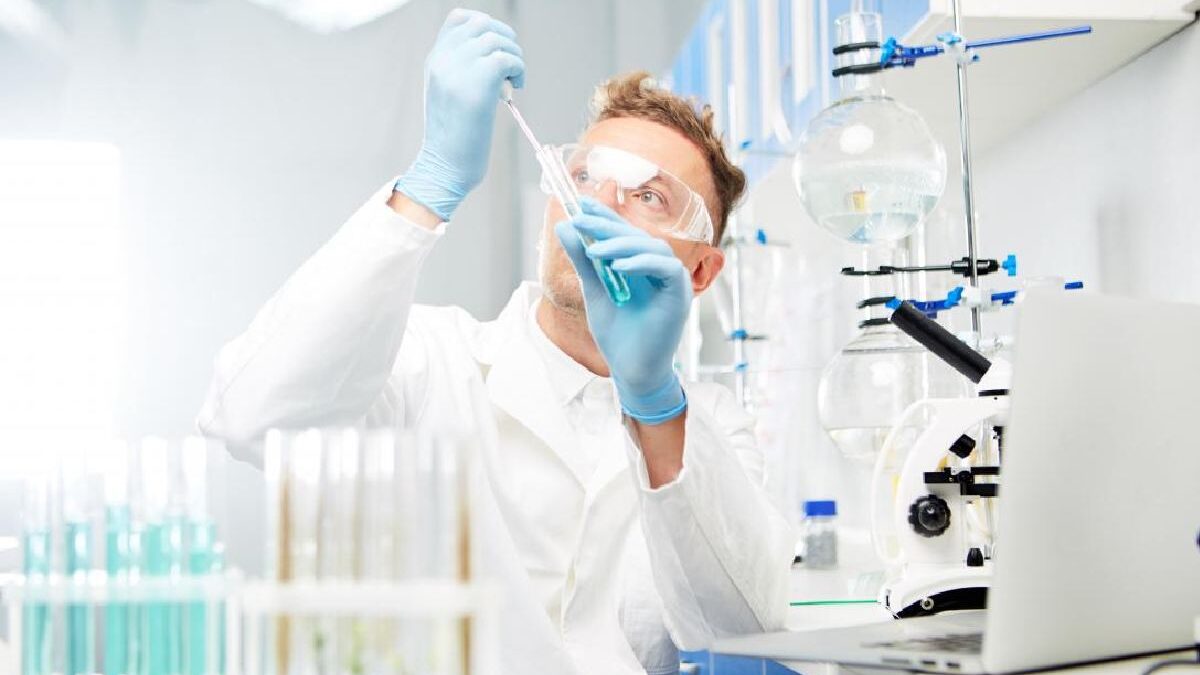Clinical trials take six to seven years to complete on average, with about 10 years from start to finish for a new treatment to reach the market. Before a potential treatment reaches the clinical trial stage, the drug must be tested in animals. Only when the clinical trials are completed can pharmaceutical companies like Adare Pharmaceuticals submit an application for the treatment to the Food and Drug Administration (FDA). The FDA will then review results from all stages of the process before determining whether it will approve the treatment, allowing the company to market it to the public.
Of course, the clinical trial phases during a drug’s journey to the market are what takes the longest due to the many steps that must be taken to ensure that it’s safe and effective. Knowing what happens during each will help you understand why it takes so long.
Phase 1
This phase of a clinical trial typically involves 20 to 80 healthy participants who have the condition that’s being studied. The purpose is to determine the safety of a new drug, looking into any adverse effects while answering questions related to how much of the medication is measured in the blood after its administration, how it works in the body, and what side effects may be related to a higher dosage. How effective it is may or may not be studied as well.
Phase 2
About 70 percent of potential new treatments enter this phase which looks at how effective it is, carefully investigates all side effects, and continues to monitor safety. Researchers administer the medication to a larger group of participants who have the condition, anywhere from several hundred to thousands of people. The key focus is to determine what the optimal dosage is of a drug candidate and learn how to best administer it to minimize any risks while maximizing potential benefits. Phase 2 can last anywhere from a few months to two years.
Phase 3
Only around 33 percent of drugs make it to this phase, which tests the potential therapy in the largest number of participants for both effectiveness and safety. It typically involves 300 to 3,000 participants from patient populations for which the medication is eventually intended to be used, lasting anywhere from one to four years. Participants will be assigned to a control group that receives either a placebo, the current medication being evaluated, or the current standard of care treatment. The studies designed in this phase aim to answer whether or not the drug candidate offers a benefit specific to the patient population and offers more detailed safety data. When this phase, which can involve more than one trial, is completed, the researchers examine the results and decide whether or not it’s found to be effective and has an acceptable safety profile for treating a health condition.
At the end of this phase, if the drug passes, the pharmaceutical company submits a biologics license application or a New Drug Application to the FDA. When the FDA approves it, the company can start marketing it to the public.

